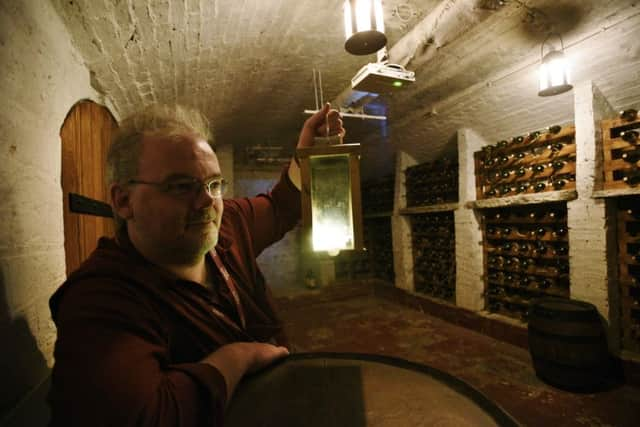Remembering a very Uncivil War


This year sees the 375 th anniversary of the outbreak of this bloody conflict, which was one of the key events in the creation of the parliamentary democracy we enjoy today, exercised just last week with the General Election.
This coming weekend also sees the annual Peterborough Heritage Festival in the city centre and Cathedral Precincts, which includes a large Civil War encampment and recreation of the battle for Woodcroft Castle near Helpston in 1648.
Advertisement
Hide AdAdvertisement
Hide AdAt the time, Peterborough was a small market town of perhaps 2500 people, dominated by the Cathedral, as shown in John Speed’s map of 1611. With the outbreak of the Civil War in England in August 1642, Peterborough declared its support for King Charles I. This may seem odd given the regional connections with Oliver Cromwell, but most of the gentry in Peterborough, including Bishop John Towers, supported the Royalist cause.
Peterborough wasn’t fortified and does not even seem to have had any troops to defend it, but given its position as a river crossing near the Great North Road it was strategically important.
Peterborough was taken by Parliamentary forces commanded by Oliver Cromwell (then just a Colonel) on 18 April 1643. Cromwell was quartered in the house known as the Vineyard beside the Cathedral, and was apparently confined to bed for several days after riding under a low gateway and forgetting to duck – resulting in a severe concussion!
Cromwell’s troops ransacked the Cathedral the day after the capture of the town, as a highly decorated church which they saw as an affront to their Puritan beliefs. They pulled down the rood screen, smashed stained glass, vandalised tombs, used statues as target practice and burnt the Cathedral library.
Advertisement
Hide AdAdvertisement
Hide AdRecent archaeology in the Precincts has uncovered pottery, clay pipes and broken stained glass left behind by Cromwell’s soldiers.
There was a brief attempt to retake Peterborough by Royalist soldiers sent from Newark in Nottinghamshire in July 1643, but they were driven off after a brief skirmish at Millfield. The Royalists retreated to Burghley House, which Cromwell surrounded and forced to surrender with cannon-fire. King Charles I may have also stayed in the Cathedral Precincts during the Civil War. Local tradition has it that he spent two nights here as Parliament’s prisoner in 1646, confined in the King’s Lodging by the Cathedral gateway.
Peterborough remembered its loyalty to the Crown during this bloody period by commissioning a new Guildhall as a centrepiece for the Market Square, which still stands today adorned with the Royal arms of Charles II as a celebration of his Restoration and completed in 1671.
It’ll be under the shadow of this Guildhall that many of the displays for this weekend’s Heritage Festival will be taking place, organised by Vivacity in association with the Cathedral and supported by Perkins Engines Limited.
To find out more about this great – and free - event turn to today’s GO supplement or visit www.vivacity- peterborough.com.